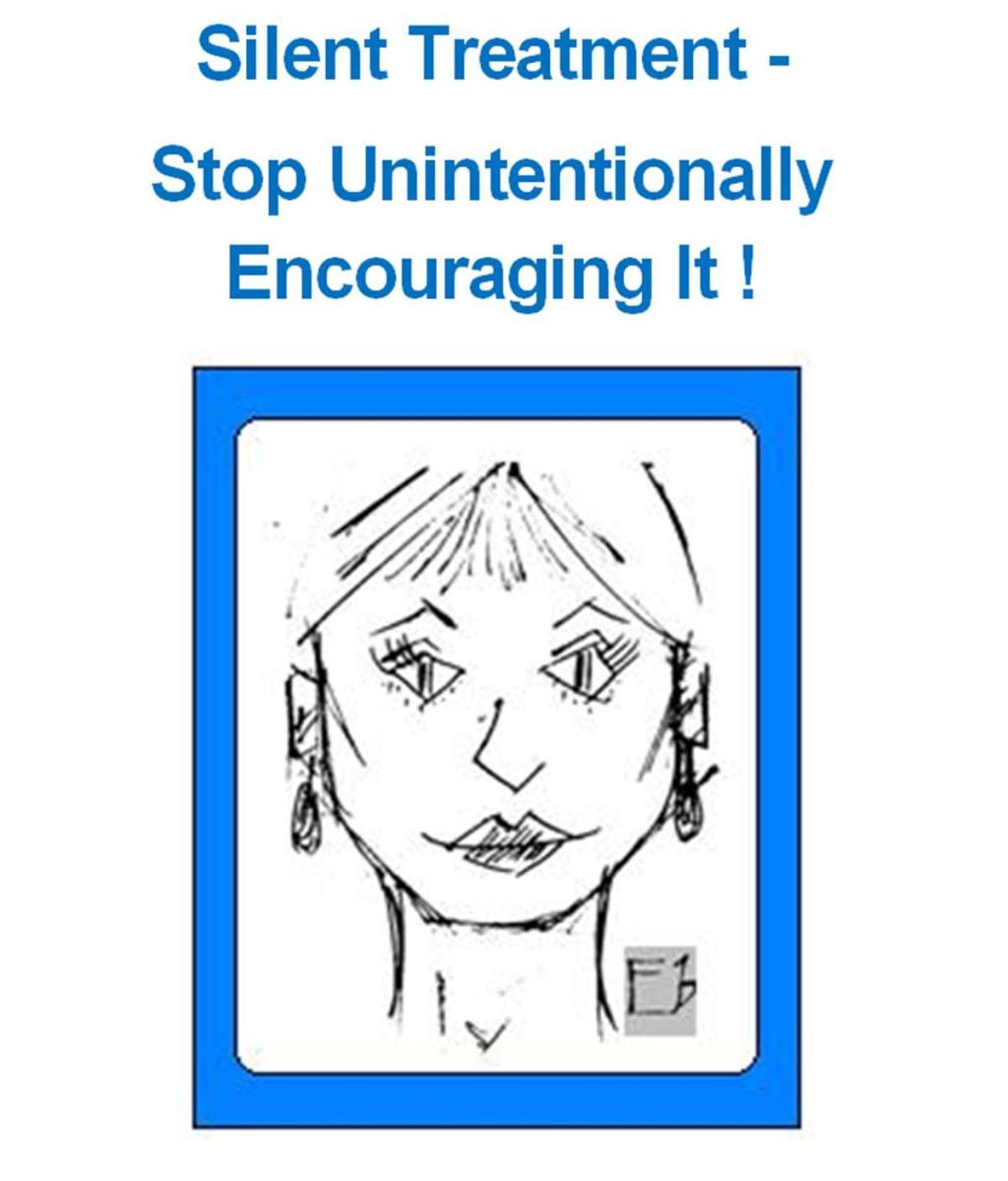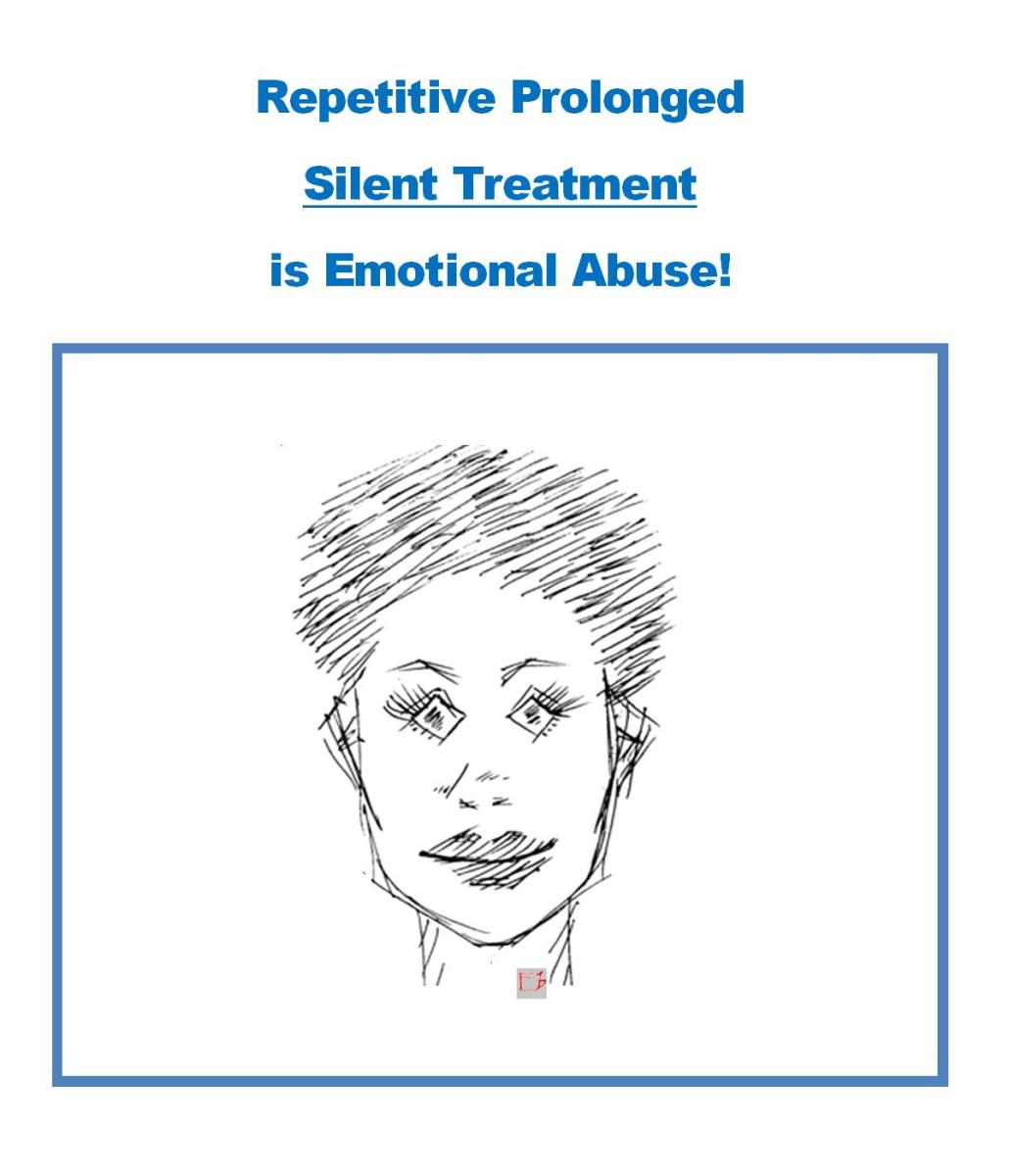Is the Silent Treatment Emotionally Abusive? How to Recognize the Red Flags

Is the Silent Treatment a Form of Emotional Abuse? Here’s How to Tell
A question lingers unanswered. A message sits on “read.” One person in the relationship goes silent—not to cool down, but to hammer their point home.
This isn’t a moment of reflection or a brief emotional timeout. Communication is being held hostage to one partner's deliberate refusal to respond, acknowledge, or engage until the other person caves, apologizes, or learns their “lesson.”
Sometimes the silence stretches on for hours. Sometimes it lasts days. In more toxic patterns, it can extend for a week or longer with no end date in sight and no effort to reconnect. What’s left is the feeling of emotional turmoil. One partner is frozen out without warning, while the other controls the terms of when—and if—communication will resume.
I grew up in a household where the silent treatment was the ace card in my parents' arguments. And hey, I might've used it a time or two myself with my own partner when I was extremely irate. Perhaps you also recognize the unhealthy communication technique.
Yep, this is the silent treatment, a tactic often mistaken for self-control when in reality, it functions as a weapon for inflicting emotional damage on someone close to you. Going silent is a power move that forces the other person in a relationship into a position of guilt, confusion, and anxiety—and one never even has to raise their voice.
But not all silence is abusive. There are moments in healthy relationships when space is necessary—when taking time to pause can actually prevent further harm to the relationship. The difference, however, lies in intention and clarity. Is the silence protective, respectful, and time-bound? Or instead is it prolonged, intended to punish, and used to create fear or compliance?
Understanding that difference can reveal the true emotional dynamics beneath the silence and whether the relationship is built on mutual care or covert control.

How to Know If the Silent Treatment Is Emotional Abuse
Silence can be helpful when both people agree to take a break to cool down. But when one partner uses silence to punish or control the other, it becomes emotional abuse.
The silent treatment is harmful when it is:
-
Intentional: used to hurt or gain power.
-
Prolonged: lasting days or longer without explanation.
-
Confusing: leaving the other person unsure of what they did wrong.
-
One-sided: where only one partner decides when communication will resume.
This isn’t a healthy, productive way to solve problems. It’s a way to make the other person feel anxious and force them to give in, even if they don’t understand why.
For example, after a fight, one partner might stop answering calls or texts for days. The other ends up apologizing just to end the silence, even if they aren’t at fault.
Research shows that being ignored activates the same parts of the brain that respond to physical pain.1 When this happens repeatedly, it can cause anxiety, depression, and make trusting others difficult.2
When someone uses silence this way, the message becomes clear: You are only safe when you comply. If you don’t, you will be shut out emotionally. That's no way to treat someone you care about, regardless of what the disagreement is about.
The silent treatment is a manipulative tactic in which one partner uses extended silence to punish or control the other, causing confusion and emotional pain.

Healthy Silence in Relationships: When Taking a Break Is a Good Thing
Not all silence is harmful. Sometimes, taking a break from talking helps people calm down and think more clearly.
Healthy silence has some key features:
-
It’s clear: both people know why the silence is happening.
-
It’s temporary: the break lasts for a set time, not days or weeks.
-
It respects the relationship: even in silence, both people still care about each other.
-
It’s followed by reconnecting: the silence ends with a talk to solve the problem.
For example, one partner might say, “I’m feeling overwhelmed right now. Let’s take 30 minutes to cool off and then talk again.” That kind of pause can prevent arguments from getting worse.
Research shows couples who take breaks to calm down during fights are more likely to solve problems peacefully.3 It’s not the silence itself that helps but rather the way it’s used.
If silence is used to avoid dealing with problems or to punish, it damages the relationship. Conversely, when it’s used to protect feelings and give space, it can help heal.

Why Does the Silent Treatment Hurt So Much? Understanding the Emotional Impact
There’s a particular kind of loneliness that comes from being ignored by a loved one or someone who once cared deeply.
You’re left unsure whether to speak or stay quiet. You wonder if reaching out will make things worse. The longer the silence lasts, the more you replay past conversations, trying to dissect the cause and determine a way to fix it.
People who experience the silent treatment often feel:
-
On edge: constantly monitoring their behavior to avoid being shut out again.
-
Guilty: thinking they caused the silence and need to make it stop.
-
Tired and drained: losing the energy to speak up for themselves.
-
Distrustful: fearing that any future disagreement might lead to another silence.
Most painful of all is the loss of voice. Over time, many stop sharing their feelings to avoid being punished with silence.
The silence isn’t peace—it’s emotional control.
If you’ve experienced the silent treatment in a relationship, what hurt the most?

How the Silent Treatment Gets Excused
People who frequently use the silent treatment may defend it with excuses like:
-
“I didn’t want to make things worse.”
-
“You’re too sensitive.”
-
“I needed space to protect my peace.”
-
“You were overreacting, so I waited for you to calm down.”
These justifications don’t change the fact that withholding communication to punish or manipulate is harmful. True emotional space doesn’t mean disappearing or ignoring someone. It means setting clear boundaries and keeping the relationship in mind.

How to Protect Yourself from the Silent Treatment: 5 Steps to Take Control
If someone is holding communication hostage, it’s easy to feel powerless. But you can take steps to protect your emotional well-being:
1. Don’t chase silence.
Avoid begging or over-apologizing. This can encourage the behavior.
2. Name what’s happening.
Say clearly, “I feel shut out, and it hurts. If you need space, I respect that, but I want to know when we can talk again.”
3. Set limits.
Decide how long you will wait before asking for clarity or rethinking the relationship.
4. Notice patterns.
Does silence happen when you express your needs? If so, it’s about control, not space.
5. Seek support.
Talk to friends, family, or a therapist to avoid feeling isolated.
If You Tend to Go Silent
Going quiet in conflict can be natural when you feel overwhelmed or hurt, but silence should never be used to control or punish. Instead, try saying:
-
“I need some time to calm down. Let’s talk in 30 minutes.”
-
“I’m not ignoring you. I just need to think before I respond.”
And be sure to come back and reconnect.
If silence is your way to avoid difficult feelings or punish your partner, consider seeking help to find healthier communication tools. Silence is no way to treat someone you care about, even when you disagree (and there will certainly be disagreements).

Final Thoughts: Silence Can Heal or Harm
Silence itself is not bad. It can help people cool down and reflect.
But silence becomes harmful when it’s used to punish, confuse, or control. When that happens, it breaks trust and damages relationships.
Healthy silence is clear, kind, and temporary. It protects the connection.
The silent treatment holds connection hostage. It demands control.
Understanding this difference is key to building relationships where both people feel safe, heard, and respected.
References
-
Eisenberger, N. I., Lieberman, M. D., & Williams, K. D. (2003). Does rejection hurt? An fMRI study of social exclusion. Science, 302(5643), 290-292. https://doi.org/10.1126/science.1089134
-
Williams, K. D. (2007). Ostracism. Annual Review of Psychology, 58, 425–452. https://doi.org/10.1146/annurev.psych.58.110405.085641
-
Overall, N. C., Simpson, J. A., & Struthers, H. (2022). Regulation in close relationships: Self-control, de-escalation, and conflict outcomes. Journal of Personality and Social Psychology, 122(5), 897–916. https://doi.org/10.1037/pspi0000394
© 2025 Elaina Baker








